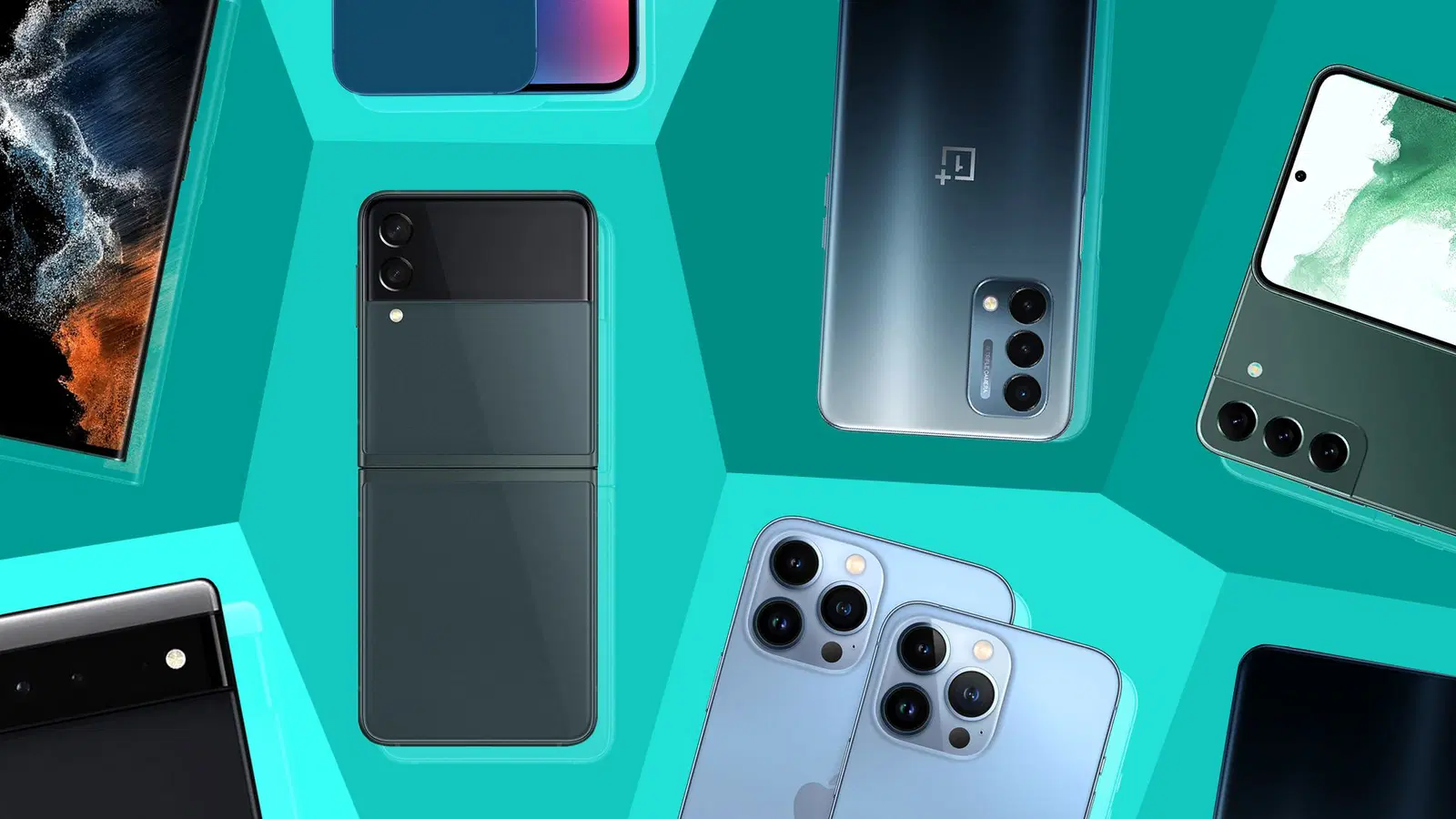Right now in Nigeria, Android phones between ₦250,000 and ₦300,000 are seeing a sharp spike in interest—especially models with AMOLED displays, fast charging, and at least 8GB of RAM. According to Canalys, Transsion brands (TECNO, Infinix, and itel) still lead the local market, holding a combined 32% share in MEA, up from 29% last year. TECNO’s midrange push saw 31% year-on-year growth, and Infinix continues to hold ground in the budget lane. Meanwhile, Xiaomi posted a 32% YoY jump by offering LTE models at aggressive pricing, even as its overall shipments dropped slightly.
Deogadgets, a Lagos-based vendor we spoke to, confirmed that these trends are playing out in-store. Most buyers aren’t just chasing specs now, they want phones that last, charge fast, and handle day-to-day use without lag. Cameras in this range aren’t exceptional, but they’re good enough for social media and basic content.
A growing number of models now come in both 4G and 5G variants, which buyers are starting to notice, especially halfway into 2025. Across the six devices we’ve listed, you’ll find AMOLED displays, at least 8GB RAM, large 5,000mAh+ batteries, and a shift toward Android 14 and newer chipsets. Some go all in on screen quality, others double down on durability or sleek design. And if you’re eyeing 5G, a few now give you the option.
A quick glance at the top 6 sub-₦300,000 Android phones
- itel S25 Ultra – ₦225,000
- Tecno Camon 40 (128 GB) – ₦284,000
- Infinix Hot 50 Pro – ₦290,000
- Redmi Note 14 – ₦275,286
- Samsung A16 – ₦288,787
- Realme C75 – ₦255,000
itel S25 Ultra
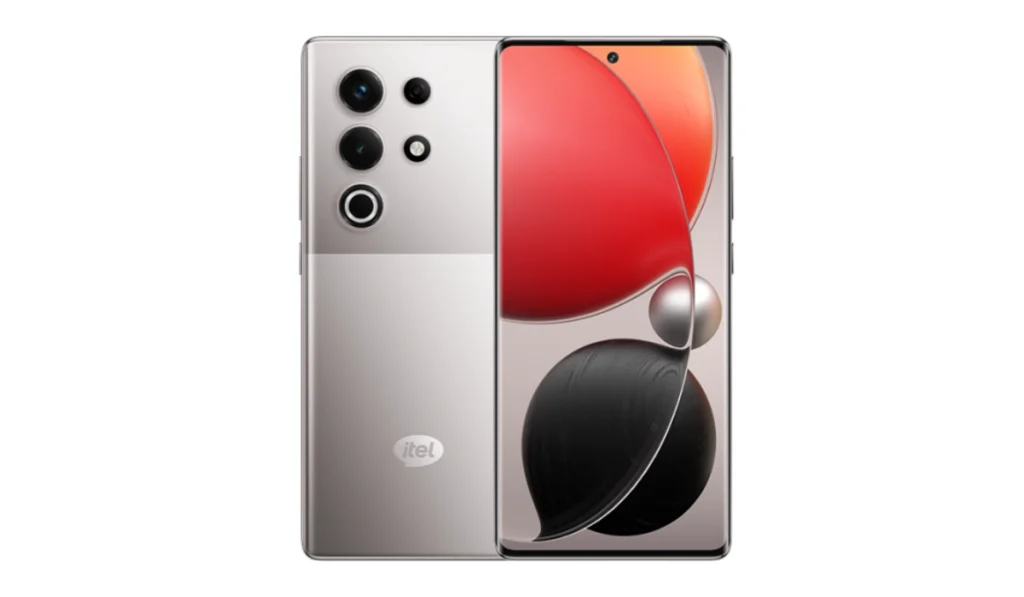
The Itel S25 Ultra is Itel’s most ambitious release yet, pushing past entry-level territory with a 6.78-inch curved AMOLED display and a cleaner, more modern design. It runs on an octa-core processor with 8GB RAM and comes in three storage variants—128GB, 256GB, and 512GB—giving you room to choose based on what you need.
Battery life is handled by a 5000mAh unit with 18W fast charging over USB-C, and it ships with Android 14 out of the box. Itel says users can expect two major updates, which is a notable shift from what the brand usually offers.
There’s been some debate over how closely its performance matches what is advertised, especially around long-term durability, but in terms of pricing and features, the S25 Ultra puts up a strong case in the budget space.
| What we like | What to consider |
|---|---|
| Decent cameras for the price | Mono speaker & no headphone jack |
| Bright display | Unisoc T620 falls short in heavy multitasking and gaming |
| Bypass charging for thermally safer gaming | No 4K video recording |
| Solid build | Display may not always run at 120 Hz |
Tecno Camon 40

The Tecno Camon 40 is one of the more polished entries you’ll find under ₦300,000 right now. It runs on a MediaTek Helio G100 Ultimate chip with 8GB RAM and up to 256GB storage, keeping everyday performance smooth.
The 6.78-inch AMOLED screen is bright, sharp, and refreshes at 120Hz—easy to use even outdoors. For photos, there’s a 50MP Sony main sensor and a 32MP selfie cam that handles skin tones and detail well. Video records at 2K, front and back.
Battery life holds steady with a 5200mAh cell, and the 45W fast charging does about 70% in 20 minutes. You also get AI extras like call summaries and quick camera access, all running on HiOS 15 with Android 15 underneath.
It skips 5G but supports solid 4G bands, has dual SIM, NFC, and a headphone jack. If you’re looking for a balanced midrange phone that doesn’t feel cut down, the Camon 40 keeps things clean and reliable at this price.
Read our full review here.
| What we like | What to consider |
|---|---|
| Comes with a fast charger | No 5G |
| Crisp Selfie camera | No headphone jack |
| Practical AI tools like call summaries and math solver | Occasional heating under load |
| HiOS 15 on Android 15 |
Infinix Hot 50 Pro
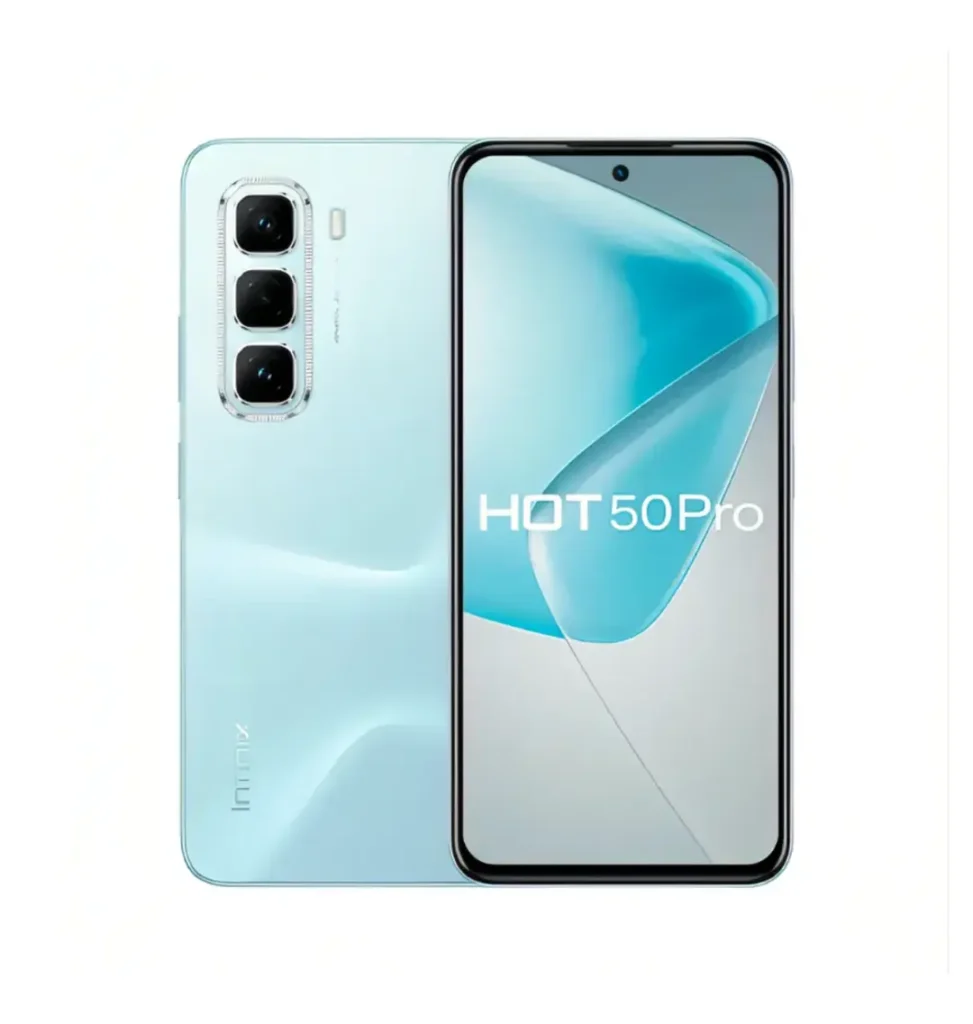
The Infinix Hot 50 Pro is another strong option under ₦300,000, built around the MediaTek Helio G100 and 8GB of RAM. It handles day-to-day tasks easily and adds virtual RAM support up to 16GB when things get heavier. Storage won’t be a problem either—there’s up to 256GB onboard, expandable to 2TB via microSD.
Its 6.78-inch AMOLED display hits up to 1,800 nits brightness and refreshes at 120Hz, so whether you’re indoors or out, visuals stay crisp. You also get an always-on feature and a centered 8MP selfie cam tucked into a clean hole-punch design.
At the back, there’s a 50MP main camera with a secondary depth sensor. It won’t outpace flagship setups, but it handles lighting well enough and keeps shots sharp with some AI support. The 5,000mAh battery is paired with 33W fast charging, and you get modern extras like NFC, Bluetooth 5.4, dual speakers, and even Hi-Res audio support.
For a phone that brings AMOLED, decent cameras, and smooth performance under this price, the Hot 50 Pro keeps things competitive.
| What we like | What to consider |
|---|---|
| It’s lightweight at 190g | Camera quality is average |
| Supports reverse charging | Not built for high-end gaming |
| Has expandable microSD storage | No 5G |
Redmi Note 14
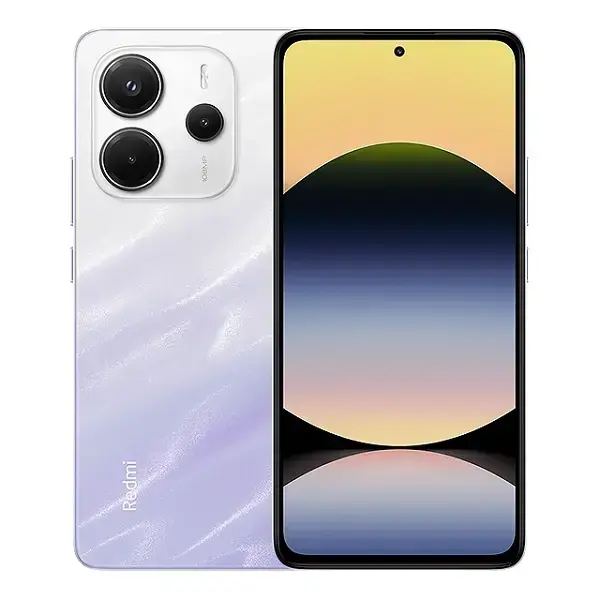
The Redmi Note 14 doesn’t carry the Pro tag, but its specs lean closer to the premium midrange line. It features a 108MP main camera with OIS, paired with an 8MP ultrawide, 2MP macro, and a sharp 20MP selfie cam. The display is a 6.67-inch AMOLED with 120Hz refresh rate and slim bezels, giving it a clean, modern look.
It runs on the Dimensity 7025 Ultra chip, which keeps things responsive for day-to-day use and handles games like Wild Rift and Call of Duty Mobile well on medium settings. Genshin Impact runs too, though only on the lowest graphics preset.
There’s a 5,110mAh battery with 45W fast charging, an under-display fingerprint reader, and Xiaomi’s HyperOS. You still get a headphone jack and USB-C, and the design—especially in Coral Green—adds a bit more flair than usual for this price.
| What we like | What to consider |
|---|---|
| Strong battery life with fast 45 W charging | 1080p video recording caps at 30 fps, no 4K or 60 fps support |
| Loud dual speakers | Shorter update window |
| Reliable day-to-day performance | Software includes bloatware |
| Shorter update window (2 OS updates) compared to other Xiaomi siblings |
Samsung A16

The Samsung Galaxy A16 5G lands at around ₦288,000 in Nigeria and keeps things familiar if you’ve seen the A15 5G. It still leans on a clean design with a large 6.5-inch 90Hz display that looks sharp and handles everyday viewing well. The standout this time is Samsung’s promise of six years of software updates—rare at this price point and a strong reason to consider it for long-term use.
Performance is where things get a bit shaky. The phone can feel sluggish, especially when multitasking or scrolling through apps. You’re working with an entry-level chipset here, so it’s best suited for basic use. Battery life is decent but not as strong as last year’s, especially under heavier use.
The camera setup hasn’t changed much either. It’s fine in good lighting, and video quality has seen some improvement, but results can vary depending on your shooting conditions. Overall, it’s a budget-friendly option with good software support, a decent screen, and just enough features to keep things moving, so long as you’re not pushing it too hard.
| What we like | What to consider |
|---|---|
| Clean, appealing design | Poor secondary cameras |
| Punchy AMOLED display | Subpar performance |
| Six year software update promise | Big bezels |
The Realme C75 delivers where it matters: long battery life, a tough build, and a smooth display. It runs on the Helio G92 Max chip with 8GB RAM, which is enough for day-to-day apps and light gaming. The 6.72-inch FHD+ display hits 90Hz and stays readable outdoors thanks to its 900 nits peak brightness.
What really sets it apart is the 5828mAh battery. You can go a full day without stressing, and the 45W fast charging gets you to 100% in about 90 minutes. The phone also holds an IP68/IP69 rating, meaning it can take on rain, dust, and the occasional drop without fuss.
Cameras are solid for the price. The 50MP main sensor handles daylight well, with night shots holding up when needed. You also get 8MP selfies, a 3.5mm headphone jack, and expandable storage up to 2TB.
Realme C75
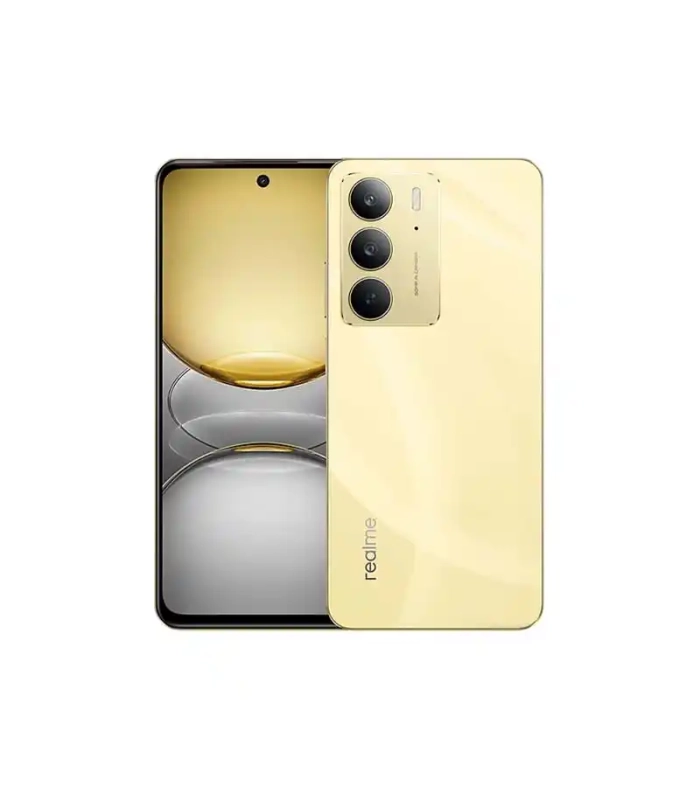
In Nigeria, the Realme C75 price starts below ₦255,000 depending on RAM and storage. For anyone after a durable phone with reliable performance and strong battery life, this is one of the better deals right now.
| What we like | What to consider |
|---|---|
| Best-in-class durability with IP66/IP68/IP69 ratings | Single speaker and no headphone jack disappoint for media consumption |
| Expandable storage for support up to 2 TB | The IPS LCD isn’t as vibrant as AMOLED |
| 45 W SUPERVOOC charging delivers over 14–16 hours in benchmarks | Performance is laggy for gaming |
| Low-light camera performance is average |
We picked these six phones based on in-store availability, recent market trends, and what users are prioritising—durability, battery, and reliable performance. If you’re eyeing a different range, we’re open to covering phones under ₦200K, all-5G models, or overlooked brands like Vivo and Nokia. Tell us what you’d like to see next.
Get passive updates on African tech & startups
View and choose the stories to interact with on our WhatsApp Channel
Explore
